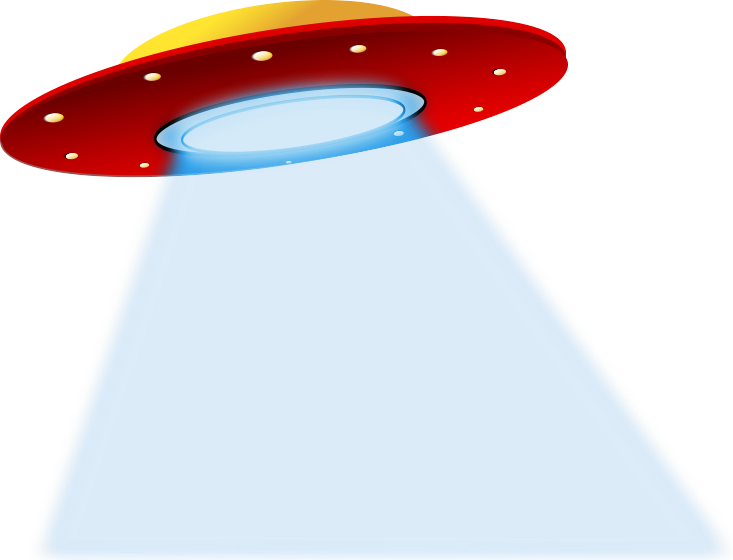
THE SOUTHWORTH P L A N E TA R I U M
207-780-4249 www.usm.maine. ed u/pl an et
70 Falmouth Street Portland, Maine 04103
43.6667° N 70.2667° W
Altitude: 10 feet below sea level
Founded January 1970
Julian date: 2458777.16
2019-2020: XXXV
THE DAILY ASTRONOMER
Monday, October 21, 2019
Monday, October 21, 2019
Earth's Inexorable Pull
____________________________
Quiz correction:
The asteroid belt is located between the orbits of Mars and Jupiter. The text following the answer was correct. The posted answer, Earth and Mars, was incorrect. My sincere apologies.
The asteroid belt is located between the orbits of Mars and Jupiter. The text following the answer was correct. The posted answer, Earth and Mars, was incorrect. My sincere apologies.
_____________________________
Not only is it irresistible and ever present, it has infiltrated every region of our world: from the apex of the tallest mountains to the depths of the remotest sea. Every second of every day, the planet literally pulls on every part of your body: akin to a persistent child who cleaves to you despite your sternest rebukes. Earth's gravity never rests. As our bodies have evolved to counteract gravity we developed muscles enabling us to walk easily, run swiftly and even sit steadily. All the while, every piece of matter comprising this enormous planet is attempting to draw you downward. No matter. Earth can pull all it wants: we'll resist it almost without effort.
Hence a preface to a curious question we recently received pertaining to gravity,
"I heard in one of your shows that Earth's surface is the most gravitationally powerful in the solar system. That can't possibly be right. Isn't Jupiter, isn't the SUN far more gravitationally powerful?"
Yes, you are correct. The Sun and Jupiter (as well as two other planets) are more gravitationally powerful than Earth. We measure a body's "surface gravity" in meters per second squared. For instance, Earth's surface gravity is approximately 9.8 meters per second squared* Let's look at the solar system's list of the body with the strongest "surface" gravity values
THE SUN 274 meters per second squared
JUPITER 24.9 meters per second squared
NEPTUNE 11.5 meters per second squared
SATURN 10.4 meters per second squared
EARTH 9.8 meters per second squared
URANUS 8.9 meters per second squared
We can see that on the list of solar system bodies, Earth ranks fifth. Surprisingly, perhaps, is its placement about one of the gas giants, Uranus. However, a planet's surface gravity relates to two factors: its mass and its radius, or size. If a planet's size is immense, the surface gravity around it will be reduced because an object on its surface will be farther away from the constituent particles than it would be if the planet were smaller. Uranus is about 14.5 times more massive than Earth, but it is 63 times larger in volume, hence the lower surface gravity.
That information is all very well, but it still doesn't address the main question: why does Earth have the strongest gravitational surface in the solar system? Simple. Because Earth has an actual "surface." None of the four bodies placed above Earth on the list have solid surfaces. The Sun, being composed of hot plasma, has no solid surface even though it appears as though it should be solid. The gas giants are, well, giant spheres of gases in various forms, such as frozen cloudtops, liquid metallic hydrogen and slushy oceans of highly cooled gas. Nobody can stand on Jupiter, Saturn or Neptune because these planets don't have real surfaces, either. Earth does have a solid surface, hence your ability to live your life out on it. For this reason, Earth is considered to have the strongest surface of any world: because its shell is solid.
*This value is not constant. It varies depending on the land composition, altitude and the latitude, to cite three examples. A tract of land containing dense material will have a stronger surface gravity than nearby regions. Areas of higher altitude will be slightly weaker gravitationally due to their greater distance from Earth's center. Also, as Earth is an oblate spheroid, it is larger around the equator than from pole to pole. Consequently, an object close to the equator will be farther from Earth's center than one that is closer to the poles. (The surface gravity is 9.78 meters per second squared at the equator and about 9.83 meters per second squared at the poles.)
TO SUBSCRIBE TO OR UNSUBSCRIBE FROM THE "DAILY ASTRONOMER" LIST-SERVE: http://lists.maine.edu/cgi/wa?SUBED1=DAILY-ASTRONOMER&A=1